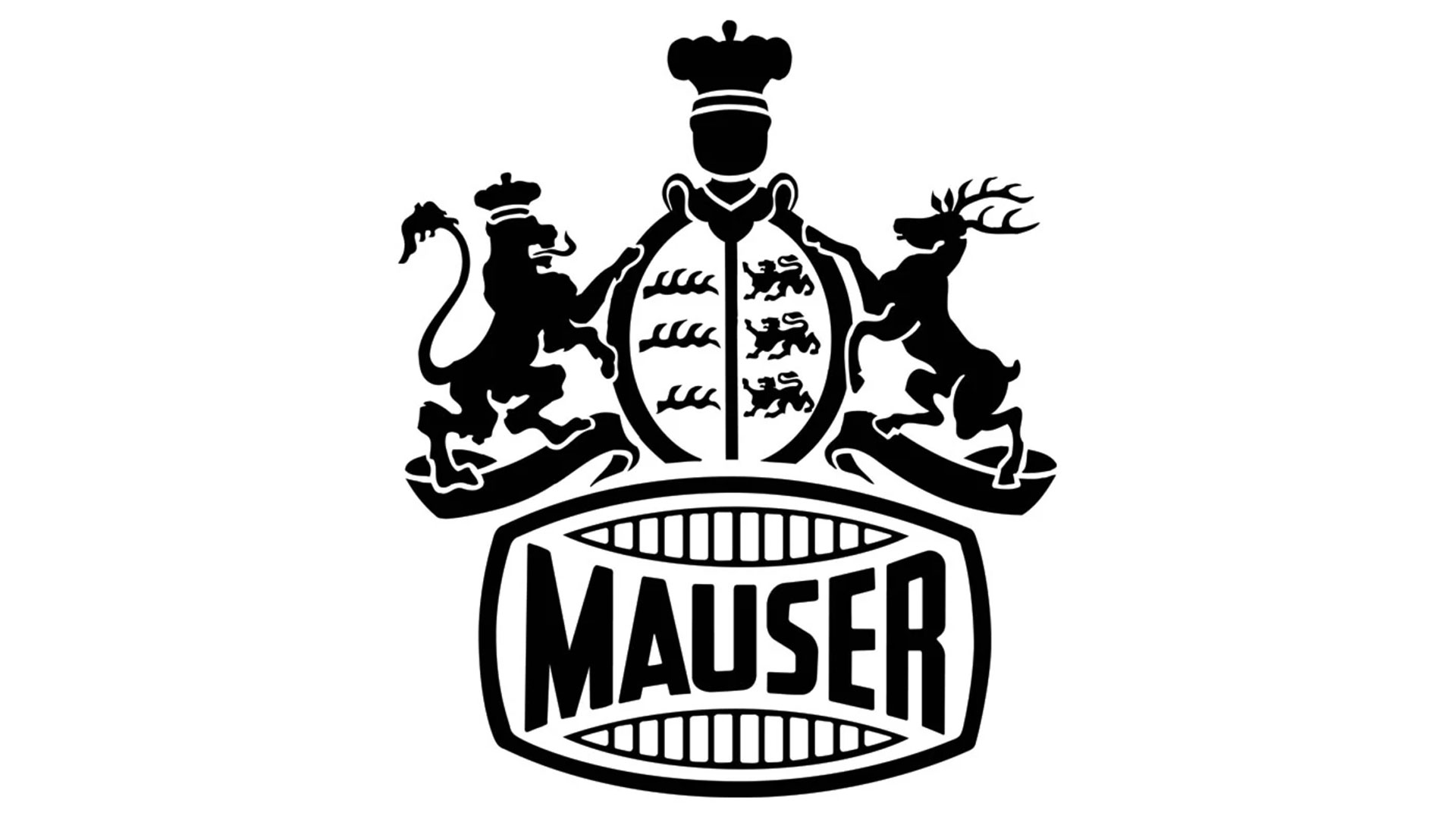American Rifleman by Jeremiah Knupp posted on March 5, 2022

Everyone knows the name “Mauser” and the bolt action rifles associated with it. Here are 10 facts you may not have known were associated with the Mauser story:
One: There Were Two Mausers - Paul And WilhelmThe Mauser firm was the work of brothers Peter Paul (known simply as “Paul” ) and Wilhelm Mauser. Following military service, the Mauser brothers’ father Franz became a gunsmith at the royal armory at Oberndorf, a small town on the Neckar River in Germany. The younger brother Paul would develop an interest in artillery through his own military service, which eventually led to small arms design. Wilhelm served as business manager for the company.
Wilhelm died in 1882 at the age of 47. Paul remained the technical director of the company through its major developments and would live to the age of 76 in 1914.
Three: Mauser Had An Early Connection To AmericaThe Mauser brothers came from a large family and an older brother, Franz, went to the U.S. and would eventually work for the Remington arms company.
Samuel Norris, who was Remington’s agent in Europe, would be influential in the infant Mauser company. Norris was impressed with Mauser’s early design and became convinced it could be used to convert needle guns, like the French Chassepot, to fire metallic cartridges. Norris partnered with Mauser and provided financial backing, moving the Mauser brothers to Liege, Belgium.
Four: Mauser Took Out An Early Patent Of Its Designs In The U.S.As a result of the partnership with Norris, Mauser would apply for its first patent in the United States. Granted on June 2, 1868, Patent No. 78,603 for “Improvements in Breech Loading Firearms” was taken out in the name of “S. Norris & W. & P. Mauser.” The patent would cover features like the rifle’s cock-on-opening bolt system and the interface between the sear and firing pin.
Six: The First Mauser Handgun Was Not A Semi-Automatic…Or A RevolverIn 1878, Mauser developed a revolver for an upcoming German military handgun trial. The M78 was a single-action revolver, the first generation of which had a solid frame with a separate ejector rod, as was common in European revolvers of the time. The second generation M78 had a break-open action with a hinge at the top of the frame that was made in both single-action and double-action forms.
Seven: Mauser Perfected The Clip-Loading SystemWith the stripper clip loading system came several other innovations to the Mauser rifle design. The locking lugs were moved to the front of the bolt, allowing the bolt handle to be moved behind the rear receiver bridge. This placed the bolt handle closer to the firing hand for quicker manipulation. It also meant that the rear receiver bridge didn’t have to be split to allow the bolt handle to pass through, a design element that would eventually become important for the mounting of telescopic sights.
The success of designs like the 1889 meant that the “stripper clip” form of loading and the box magazine would go on to become the dominate design for all non-Mannlicher military bolt action rifles, from the 1903 Springfield to the Schmidt-Rubin straight pulls.
Eight: Mauser Was Influential In The Creation of FN When Belgium adopted a Mauser design in 1889, they wanted to produce their new rifle in-country. In response, a conglomerate of the nation’s gunmakers formed
Fabrique Nationale d’Armes de Guerre or as it was more simply known “FN.” In the early days, 50 percent of FN stock was owned by Ludwig Loewe & Co., a German corporation that also owned Mauser.
More:
https://www.americanrifleman.org/content/10-little-known-facts-about-mausers/